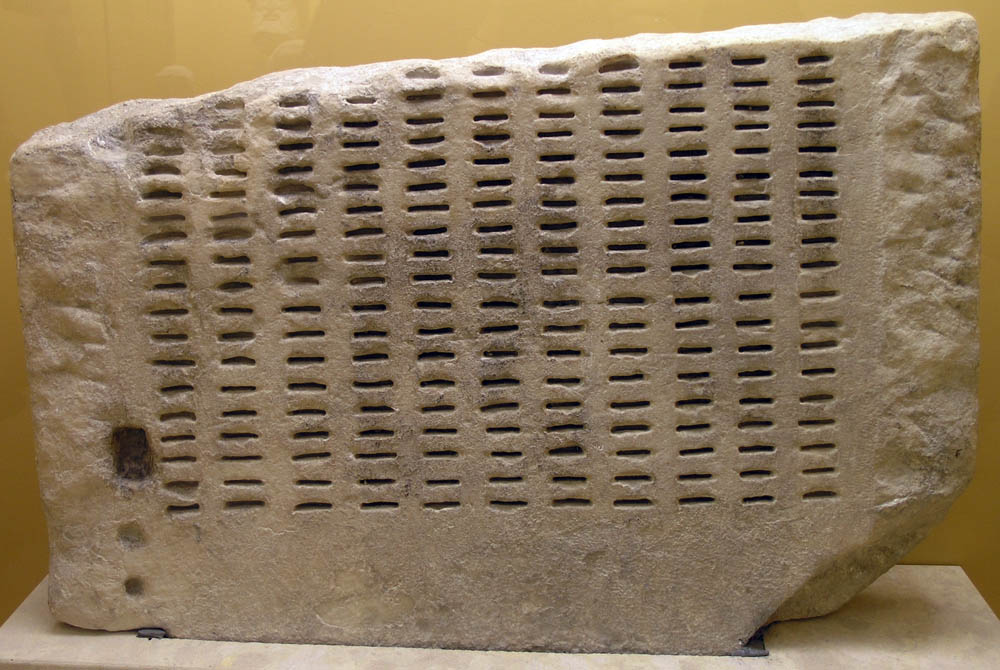 |
| IVSTITIA (Justice), outside the Supreme Court of Canada: detail of a bronze sculpture by W S Allward |
 |
| Group photo in the Federal Court of Appeal |
 |
| People who couldn't get into the Supreme Court could watch and listen to the trial from an overflow room downstairs |
 |
| The entrance to the Supreme Court is through the doors upstairs |
It is part of "a very hierarchical system," Cédric explained. Courts of Appeal are presided over by three judges, and there are seventeen such courts throughout Canada. In Nunavut, no specific buildings are set aside, so they use the local libraries or even gyms. The biggest questions of public importance––maybe 50 cases a year––are tried in the Supreme Court in Ottawa, where five, seven or nine judges sit. This is the big room upstairs. If the public benches are full, as they were during our visit, the people who didn't gain admission can watch the trial on big screens in the lobby and in the room below the stairs. Headphones are provided so that people can hear what's going on, too.
The Supreme Court judges are appointed by the Prime Minister and presently comprise four women and five men. Since the year 2000 the Chief Justice (Puisne Justice) in Canada has been Beverley McClachlin, the longest serving person in that position in Canadian history. She will have to retire by the time she is 75.
Canada's Supreme Court was created as long ago as 1875 and originally employed six judges to hear the final appeal. This being an even number, the defendant still had recourse to a further option if the verdict was undecided; the case was ultimately taken across the Atlantic to the Privy Council of the United Kingdom. This system continued for 50 years before an extra judge was added to the quota, but until 1949 London was still the last resort. Then the Canadian legal system finally became independent.
How long does it take, someone asked, before an appealed case comes to its conclusion? It can take up to 18 months for an application for appeal to be processed and then, even after the Supreme Court trial, perhaps another four months before the judgement is received. The hearing itself usually takes two to three hours and Cédric told us we'd probably find it boring because it's "all legal gibberish". The Supreme Court basically looks for errors of law in the previous trials. If we are interested in following a case, we can either come and sit in the public galleries, watch it live on the website, or hear a webcast in retrospect.
Because this blog is about juxtapositions, I'll add one more paragraph.
 |
| A kleroterion from Athens |



No comments:
Post a Comment